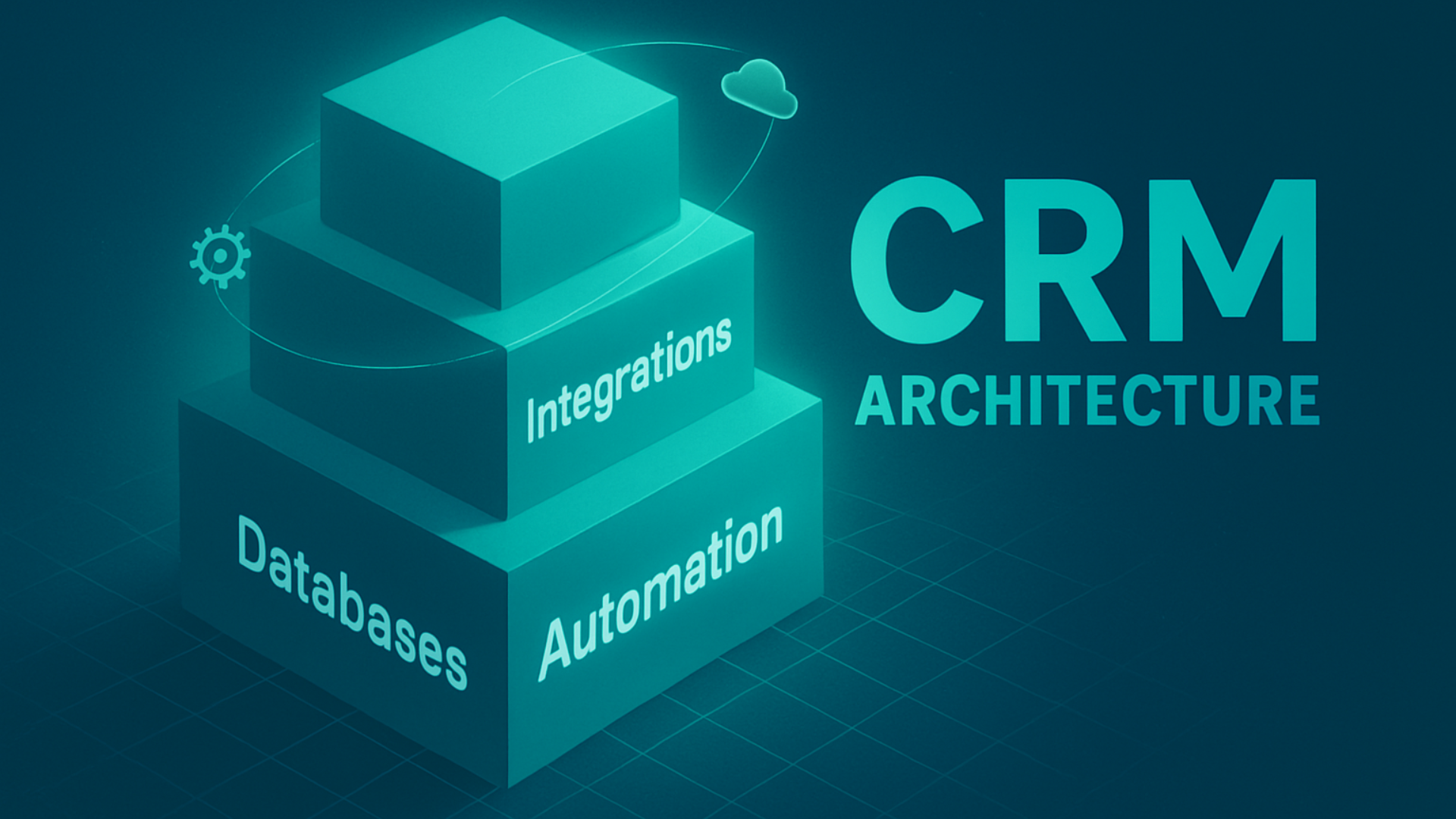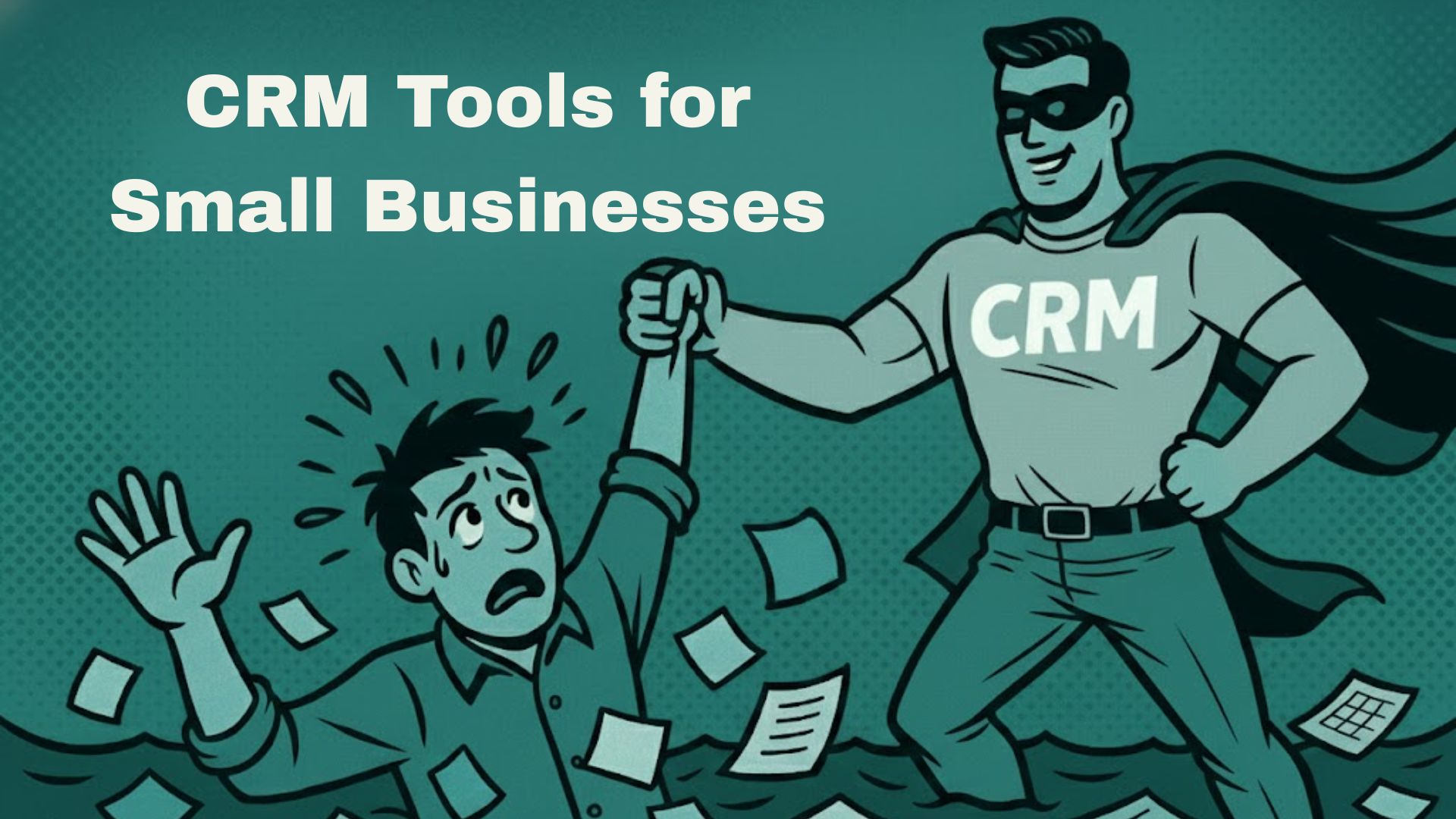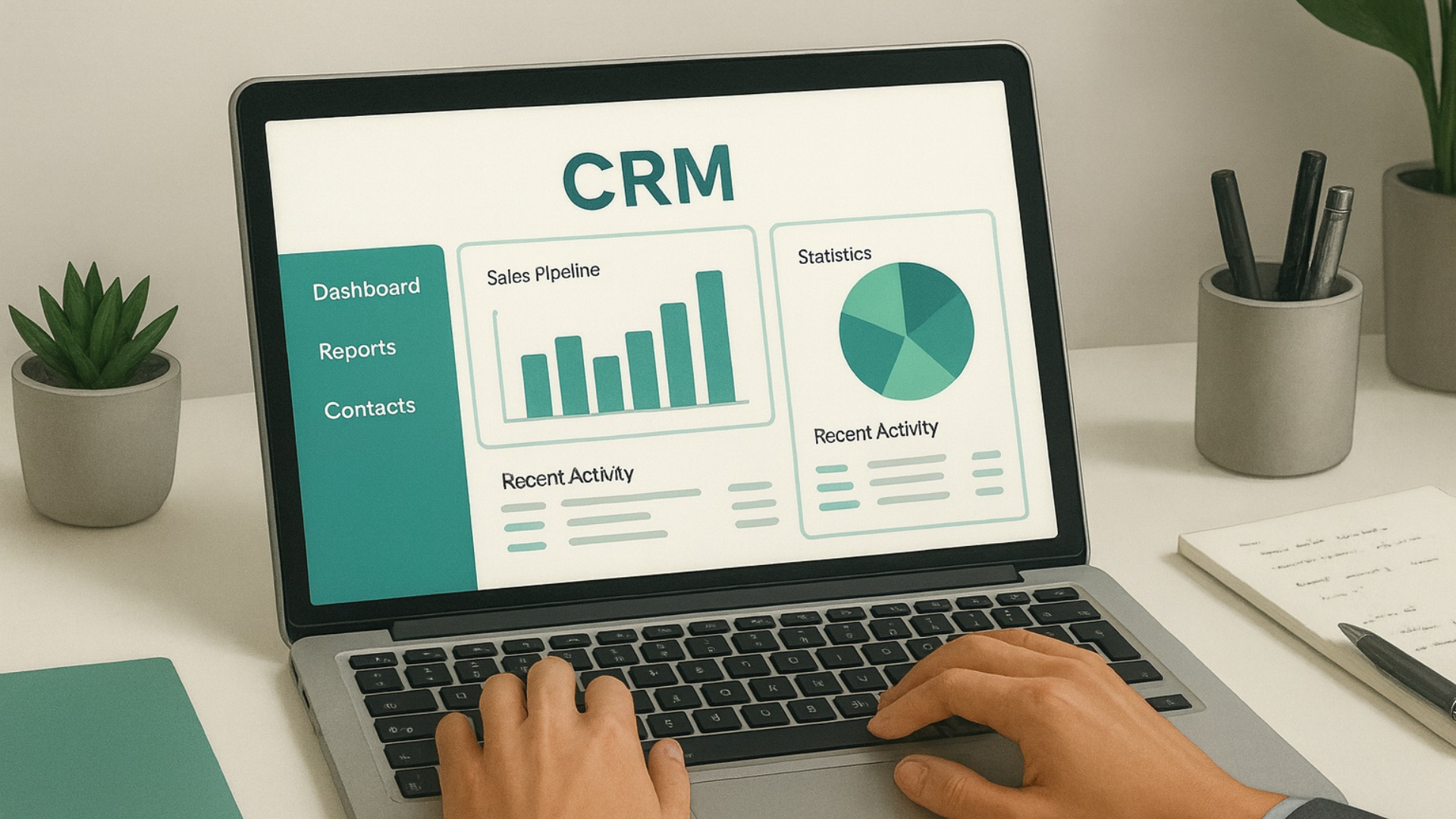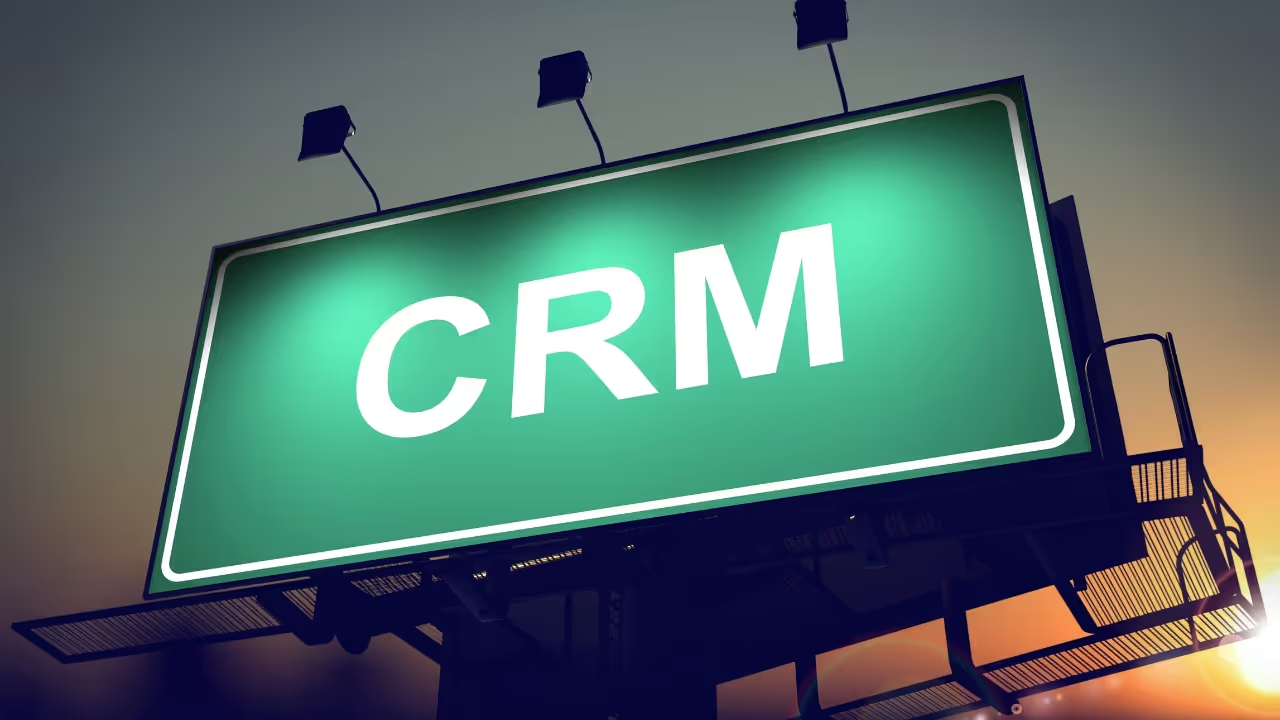

If you run an online store, you already know the challenge: customers browse, add to cart, disappear, compare prices, and only sometimes return. An ecommerce CRM helps you stay connected at every stage of this journey. It captures customer data, personalises communication, and automates follow-ups so you convert more shoppers into repeat buyers.
This blog explains key features of ecommerce CRM and how it works.
What is an ecommerce CRM?
Why do ecommerce brands need a CRM?
- Centralised customer data: All shopper info and activity in one place for better decision making.
- Personalised shopping experiences: Send relevant product suggestions, offers and messages.
- Higher repeat purchases and customer lifetime value: Nurture customers post purchase to turn them into loyal buyers.
- Better abandoned cart recovery: Automated reminders via email, SMS, or WhatsApp help recover lost sales.
- Automated engagement to boost sales: Welcome flows, upsell, and re-engagement campaigns run on autopilot.
- Less manual work: Automates routine marketing and support tasks, saving time and effort.
Best CRMs for ecommerce
Superleap
Superleap CRM sets a new standard for e-commerce CRM systems by combining best-in-class automation, rapid deployment, and built-in intelligence. Designed for online brands that don’t have time to wrestle with legacy systems, it enables you to launch workflows in days and off-load repetitive admin so your team can focus on growth.
Klaviyo CRM
Klaviyo is a high performing choice for e-commerce brands whose main focus is marketing, segmentation and customer lifecycle. With strong integration into online stores and robust email/SMS automation, Klaviyo helps you turn browsers into buyers and buyers into repeat customers.
Zoho
Zoho CRM offers a broad set of features and integrates with other Zoho tools for inventory, commerce, accounting and support. While it covers most CRM fundamentals, it may require more setup and customisation to tailor it for specific e-commerce needs, and the experience can feel more traditional compared to newer, automation-focused platforms.
Salesforce
An enterprise grade CRM with strong e-commerce, service, and order-management capabilities. Highly scalable with deep customisation and integrations but comes with higher cost and setup effort.
Key features to look for in an ecommerce CRM
How does an ecommerce CRM work
An ecommerce CRM guides customers through a structured journey from first website visit to a loyal repeat customer. Here’s a typical flow:
Visitor → Lead → First Purchase → Nurture → Repeat Customer → Loyal Advocate
Tips for implementation
- Identify ecommerce customer lifestyle
- Map necessary automations
- Set up segmentation and tagging
- Integrate store and channels
- Test flows before going live
{{callout-3}}
Conclusion
In today’s competitive landscape, an e-commerce CRM is no longer a luxury; it’s a necessity. By centralizing data and automating personalized journeys, it is the essential investment to turn anonymous visitors into loyal, repeat customers and drive sustained growth.
Challenges & Solutions
Data silos across platforms → solve via integrations
Over automation → personalise, don’t spam
Poor segmentation → use behaviour based tagging
Heading text
Nunc sed faucibus bibendum feugiat sed interdum. Ipsum egestas condimentum mi massa. In tincidunt pharetra consectetur sed duis facilisis metus. Etiam egestas in nec sed et. Quis lobortis at sit dictum eget nibh tortor commodo cursus.
Odio felis sagittis, morbi feugiat tortor vitae feugiat fusce aliquet. Nam elementum urna nisi aliquet erat dolor enim. Ornare id morbi eget ipsum. Aliquam senectus neque ut id eget consectetur dictum. Donec posuere pharetra odio consequat scelerisque et, nunc tortor.
Nulla adipiscing erat a erat. Condimentum lorem posuere gravida enim posuere cursus diam.
.svg)



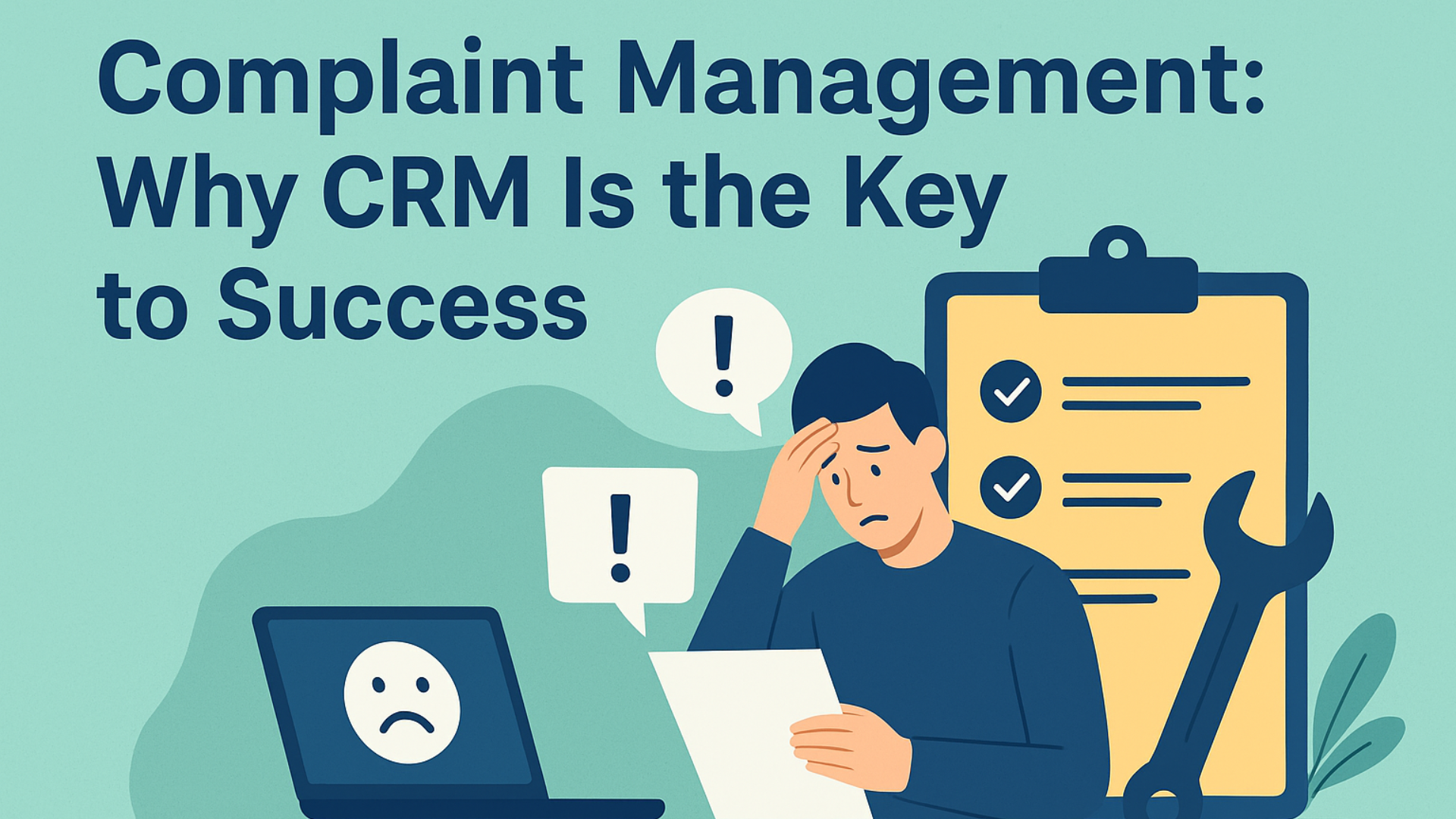

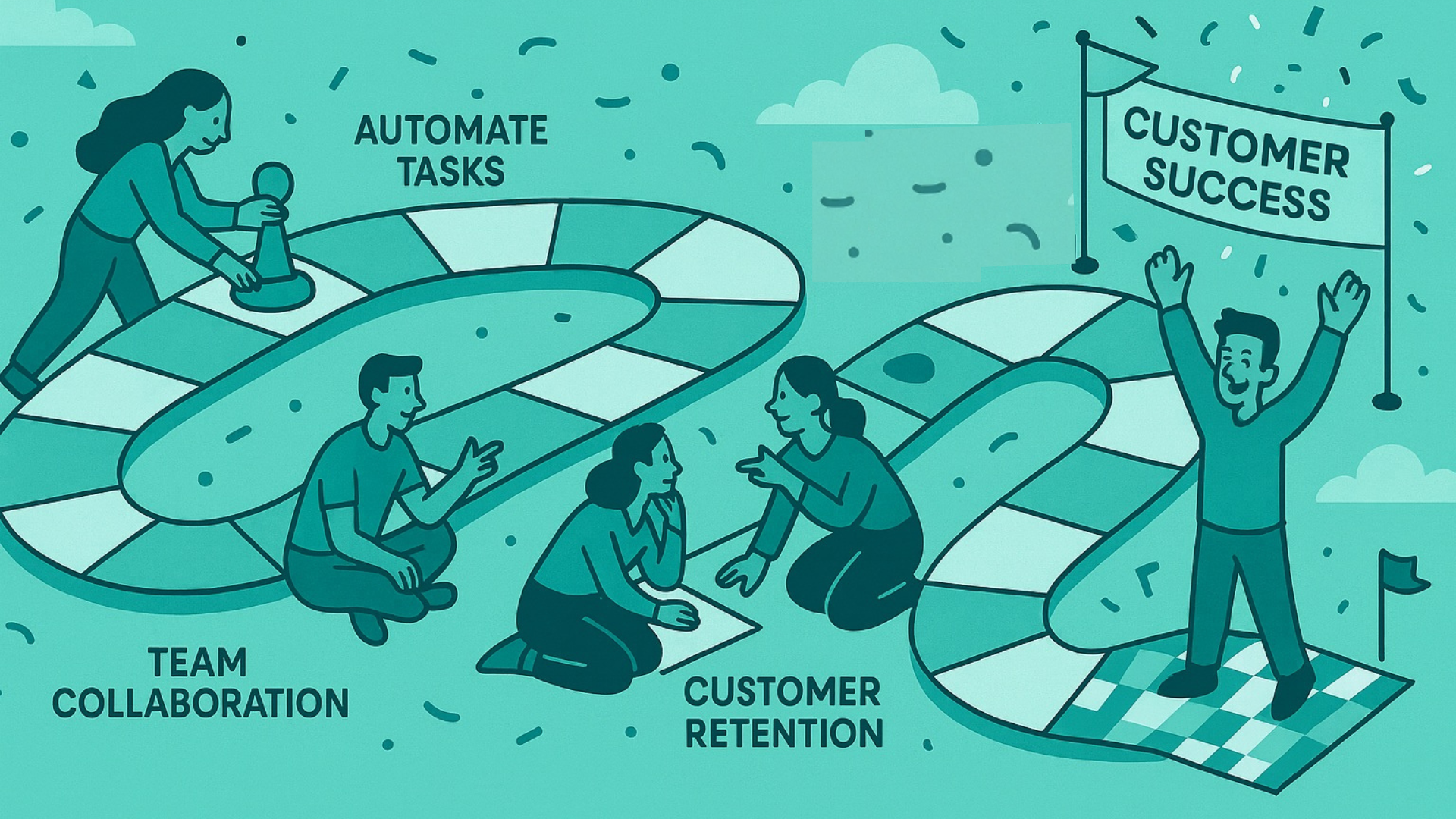

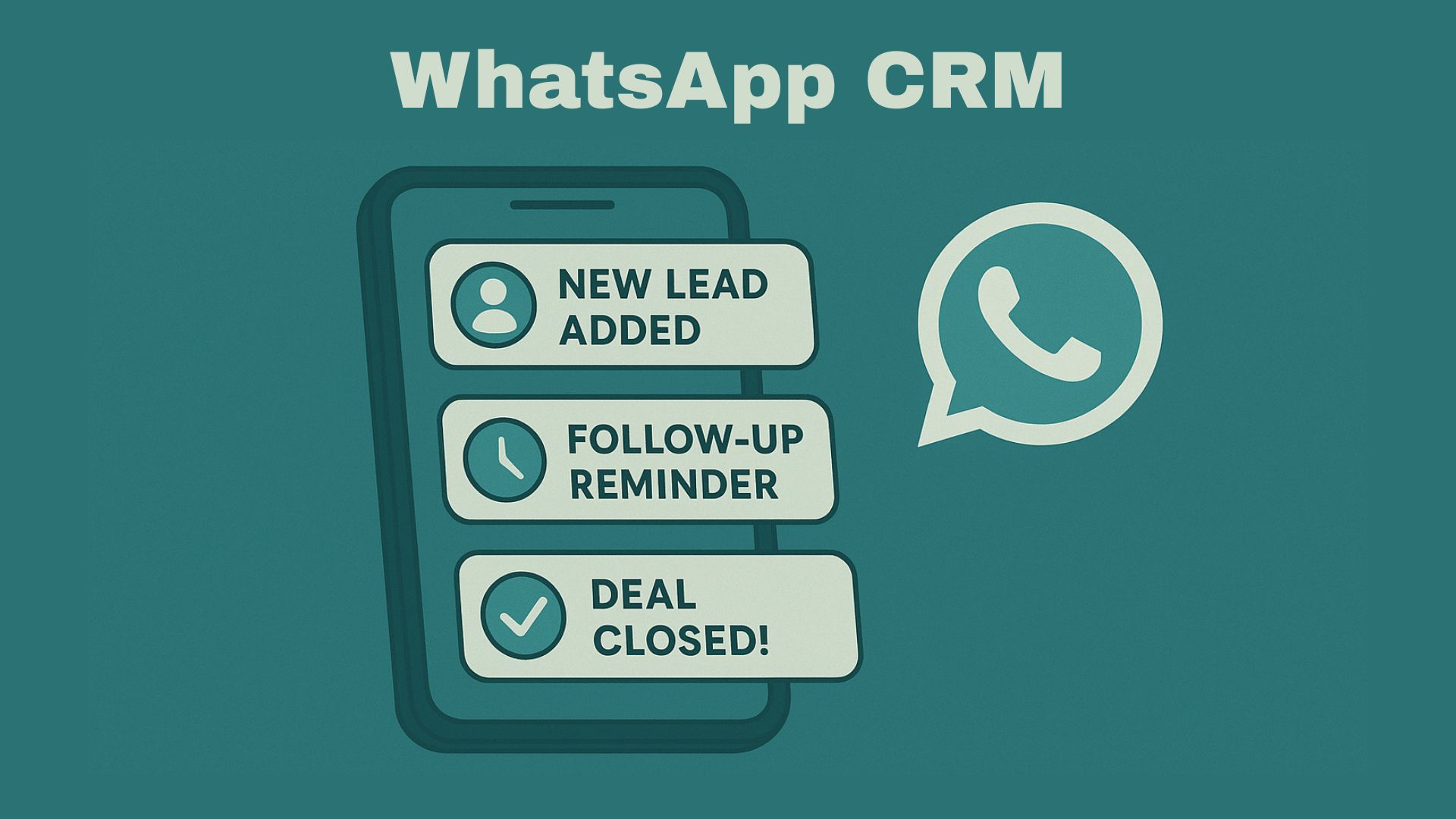
.png)



.jpg)
